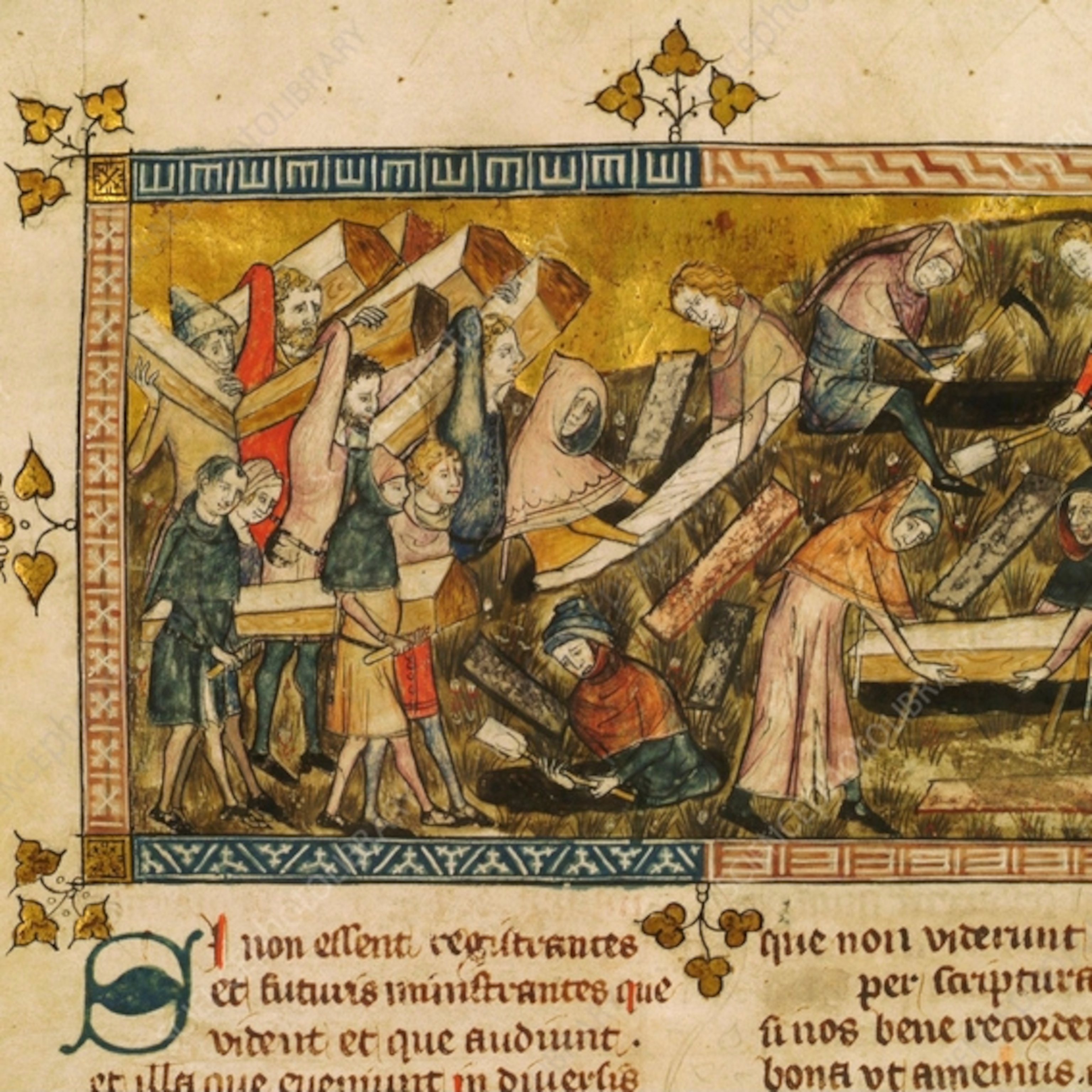
Volcanic 'avalanches' glide on air, boosting their deadly speed
Pyroclastic flows are a leading cause of eruption-related deaths. Now, lab tests reveal the mind-bending reason they may rush down a volcano’s flanks.
One of the leading killers during explosive volcanic eruptions is a family of superheated gas, ash, and debris known as pyroclastic density currents. These tumbling, turbulent paroxysms rush downslope at temperatures as high as 1,300°F and at speeds often exceeding 50 miles an hour.
Learning how these hard-to-predict and hard-to-escape currents work is paramount to protecting the communities that live in their potential paths. For instance, many pyroclastic density currents travel further than they should based on our present understanding of physics, with their long reach challenging scientists’ understanding of how they operate.
Now, researchers may have found out why: A new study published today in Nature Geoscience reports that a member of this family, the pyroclastic flow, is able to move so fast and so far because it can glide along on a cushion of air. These concentrated mixtures of fairly fine ash and gas take advantage of this air-lubricated base, which reduces friction during their race down slope, over horizontal surfaces and, if they have enough momentum, even uphill.
Analyzing pyroclastic flows in real life is not only difficult, but also profoundly dangerous. So a team of scientists decided to replicate them in a laboratory using a literal ton of volcanic debris left over from a colossal 2,000-year-old eruption in New Zealand. They heated up the material and dumped it down a 39-foot-long slide, creating a miniature but startlingly realistic pyroclastic flow.
Using computer simulations to scale their results up to real life flows, the team’s data suggest that this friction-evading mechanism appears during bona fide explosive eruptions.
“This is a great example of how to combine experiments with numerical models to develop a better understanding of complex natural processes,” says Ben Andrews, an experimental volcanologist at the National Museum of Natural History who was not involved in the research.
Internal affairs
The authors of the new study, led by Massey University’s Gert Lube, used a contraption called the Pyroclastic flow Eruption Large-scale Experiment, or PELE, to safely study pyroclastic flows in action. High-speed recordings of the experiment then allowed them to study its evolution in great detail, including the development of the lubricating layer of air.
There is air within a pyroclastic flow. This air has pressure, which is a form of stored energy. As the air at the base of the flow encounters the ground, its kinetic energy increases, but it steals this from its cache of stored energy. As a result, the air at the base of the flow experiences a decrease in pressure. This creates a low-pressure zone at the base and a high-pressure zone above it.
This pressure gradient forces air to migrate from inside the pyroclastic flow to the base, creating a lubricating cushion that separates the flow from the ground. Although it involves a different process, this cushion has the same effect as when an air hockey table reduces the friction on the pucks as they zip around the aerated surface.
This air cushion “makes all the difference,” Lube says, because pyroclastic flows’ internal mixtures have very high friction. Without this lubricating air, “the mixture can’t be any more mobile than a truck-load of sand.”
He notes that this air lubrication mechanism only manifests itself beneath pyroclastic flows. It won’t appear underneath highly dilute, gas-rich pyroclastic surges, another type of pyroclastic density current and the sort that, along with pyroclastic flows, ravaged Pompeii and Herculaneum two millennia ago.
Going against the flow
The new study provides some important data that should be incorporated into how we model these flows, says Rebecca Williams, a volcanologist at the University of Hull.
Lab-based replicas of pyroclastic density currents are becoming increasingly commonplace. “Experiments can only give us snapshots of the real behavior of pyroclastic density currents,” she says, “but each snapshot is important in building up our understanding of these hazardous flows.”
Replicating any pyroclastic density current in a lab is very difficult, but this team’s state-of-the-art experiments advance the field by investigating a wider range of possibilities than ever before, adds Johan Gilchrist, a volcanologist at the University of British Columbia.
However, he notes that several pre-existing studies have offered viable alternative explanations for how the flows travel such great distances, sometimes hundreds of miles from the volcano that birthed them. One idea is that an upward flow of gas through the mixture helps to support debris within it, making it behave more fluidly. As less of the flow’s momentum is taken away by both its internal friction and the friction at its base, it can keep moving forwards longer than it otherwise might.
In addition, the team’s computer models make some simplifying assumptions, Gilchrist says. Although these new simulations are at the cutting-edge, he says that it’s not entirely clear yet how applicable they are to the largest, most destructive of flows.
For instance, other processes that could affect the flow, like soil erosion, are not taken into account, says Alexis Bougouin, a postdoctoral volcanologist at the University of Clermont-Auvergne. In the end, he says, the air cushion could be one of multiple mechanisms that allows pyroclastic density currents to be very mobile.
These points are “not meant to detract from the authors’ fantastic work and exciting new idea,” Gilchrist says. Rather, they are designed “to inject a dose of healthy skepticism into the debate as to whether or not these experiments and simulation results are accurately reproducing the exact dynamics” of natural pyroclastic flows.
Fingerprints of a killer
As well as refining the models, an important next step would be to go back into the field. It’s possible that a pyroclastic flow running on an air cushion would leave a distinctive geological fingerprint in the deposits they ultimately leave behind. If they do, Gilchrist says, then volcanologists could look for them and help to corroborate the idea that these killer flows glide on air.
The case may not be closed, but Janine Krippner, a volcanologist at the Smithsonian Institution’s Global Volcanism Program, says that this work is nevertheless an “important step forward.”
There are 800 million people living within 60 miles of active volcanoes, “and pyroclastic flows are leading killers of people in these areas,” Krippner says. “All the research we do goes toward helping communities.”


















